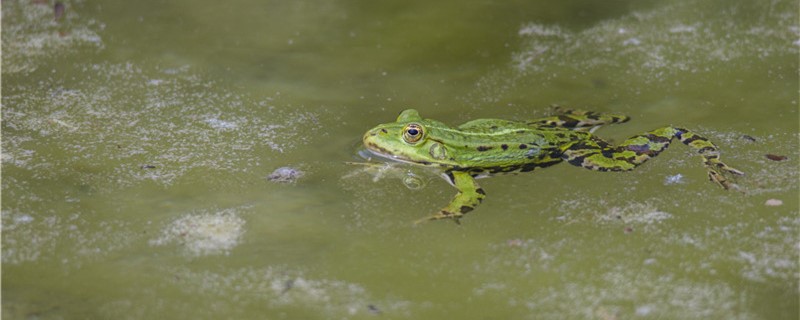 1. Are frogs amphibians
1. Are frogs amphibians Frogs are amphibians, and they are very typical amphibians. As amphibians, one of the most prominent characteristics of frogs is that they can live on land or in water. When frogs are in the larval stage, that is, in the tadpole stage, they live in water. At this time, their main respiratory organ is gills. When frogs are adults, that is, when they grow into adults, frogs can live on land at this time, but they also need to live in water. By this time, the frog's main respiratory organ is the lung. However, because frogs are amphibians, they are not very advanced animals compared with birds and mammals, so their lung function is not particularly powerful. It is impossible to breathe only with the lungs, but with skin to assist breathing.
In addition, there are some key characteristics of frogs that also conform to the basic characteristics of amphibians. For example, in terms of reproduction mode, frogs also reproduce by laying eggs like other amphibians. For another example, from the point of view of body temperature, frogs, like other amphibians, have unstable body temperature. It can be seen that frogs are very typical amphibians.
2. Can frogs stay on the shore all the time As mentioned above, frogs are amphibians, which can live both in water and on land. Therefore, some people think that frogs can live on the shore all the time without going to the water. In fact, frogs can't stay on the shore all the time. This is because frogs can breathe with their lungs and live on the shore, but because their lungs are not particularly developed, it is impossible to breathe only with their lungs, and they also need skin to help them breathe. Only when their skin is moist can they breathe easily, which requires them to move frequently in the water. If they stay on shore instead of in the water, they may have difficulty breathing.